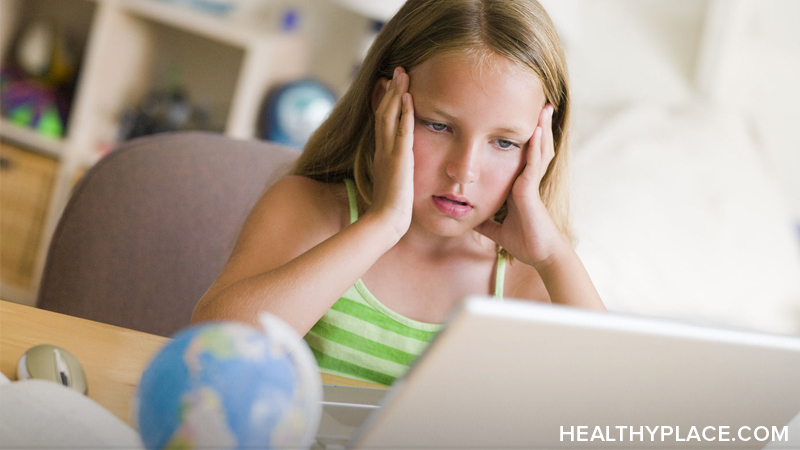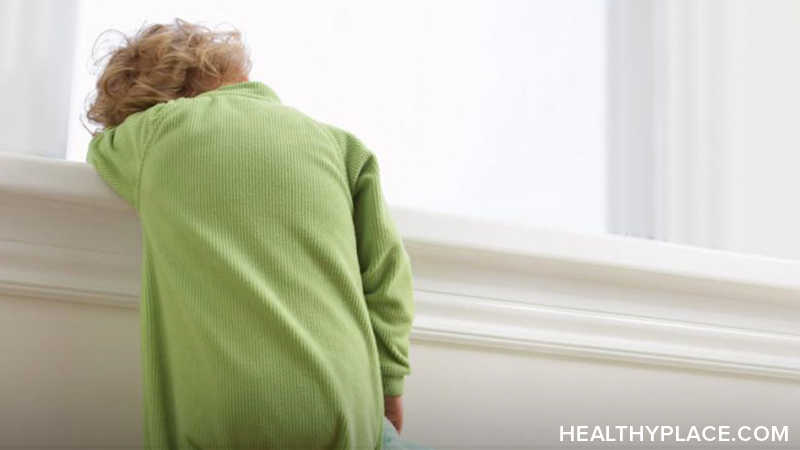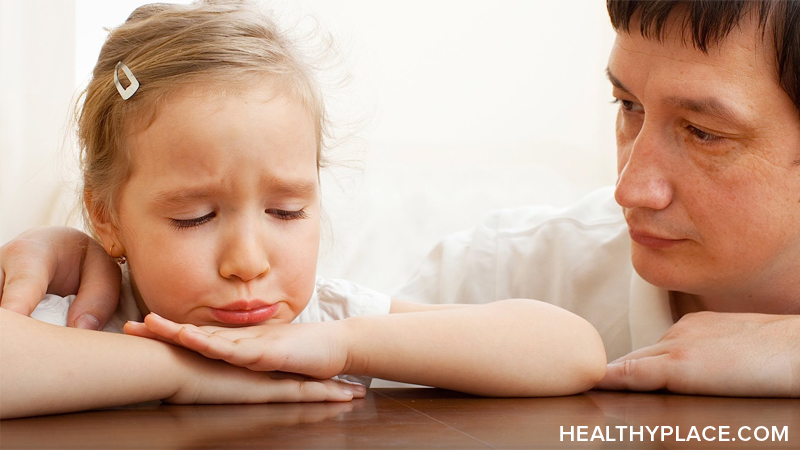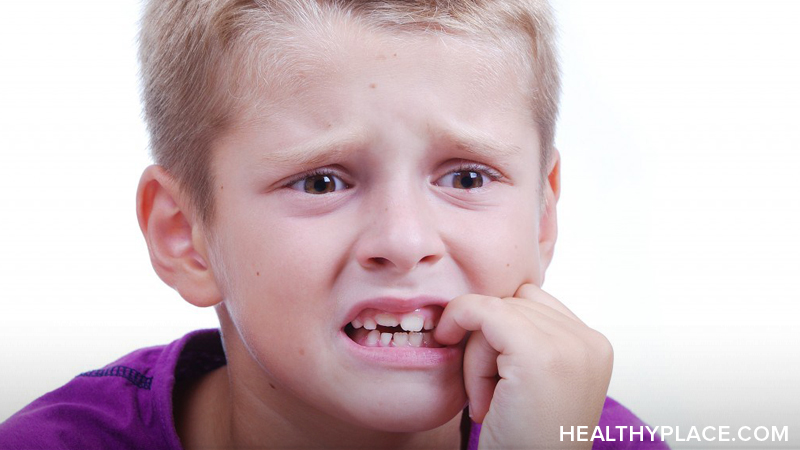Test Anxiety in Children

Your child went to class, completed homework, and studied. He or she arrived at the exam confident about the material. But if he or she has test anxiety, a type of performance anxiety, taking the test is the most difficult part of the equation.
Causes of Test Anxiety in Children
- Fear of failure. While the pressure to perform can act as a motivator, it can also be devastating to individuals who tie their self-worth to the outcome of a test.
- Lack of preparation. Waiting until the last minute or not studying at all can leave individuals feeling anxious and overwhelmed.
- Poor test history. Previous problems or bad experiences with test-taking can lead to a negative mindset and influence performance on future tests.
Symptoms
- Physical symptoms. Headache, nausea, diarrhea, excessive sweating, shortness of breath, rapid heartbeat, light-headedness and feeling faint can all occur. Test anxiety can lead to a panic attack, which is the abrupt onset of intense fear or discomfort in which individuals may feel like they are unable to breathe or having a heart attack.
- Emotional symptoms. Feelings of anger, fear, helplessness and disappointment are common emotional responses to test anxiety.
- Behavioral/Cognitive symptoms. Difficulty concentrating, thinking negatively and comparing yourself to others are common symptoms of test anxiety.
Tips for Managing Test Anxiety
Share these tips with your child if he or she is anxious about an upcoming exam:
- Be prepared. Develop good study habits. Study at least a week or two before the exam, in smaller increments of time and over a few days (instead of pulling an "all-nighter"). Try to simulate exam conditions by working through a practice test, following the same time constraints.
- Develop good test-taking skills. Read the directions carefully, answer questions you know first and then return to the more difficult ones. Outline essays before you begin to write.
- Maintain a positive attitude. Remember that your self-worth should not be dependent on or defined by a test grade. Creating a system of rewards and reasonable expectations for studying can help to produce effective studying habits. There is no benefit to negative thinking.
- Stay focused. Concentrate on the test, not other students during your exams. Try not to talk to other students about the subject material before taking an exam.
- Practice relaxation techniques. If you feel stressed during the exam, take deep, slow breaths and consciously relax your muscles, one at a time. This can invigorate your body and will allow you to better focus on the exam.
- Stay healthy. Get enough sleep, eat healthily, exercise and allow for personal time. If you are exhausted - physically or emotionally - it will be more difficult for you to handle stress and anxiety.
- Visit the counseling center. Schools are aware of the toll exams can take on students. They have offices or programs specifically dedicated to helping you and providing additional educational support so that you can be successful.
APA Reference
Tracy, N.
(2021, December 21). Test Anxiety in Children, HealthyPlace. Retrieved
on 2025, April 29 from https://www.healthyplace.com/anxiety-panic/anxiety-and-children/test-anxiety-in-children








